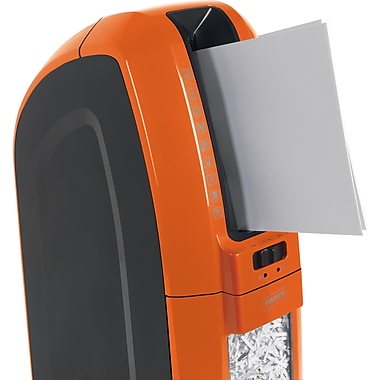How Do I Get Rid of: Trophies
/Soccer trophies. First place medals. Work recognition plaques. These tokens may be wonderful at the time we receive them, but years later they tend to be big dust collectors (aka clutter), sitting on shelves or packed away in boxes.
If you aren’t displaying them, then it may be time for them to go! (If you do want to display some, use a shadow box, hooks, clear case, or check out Pinterest for more creative ideas.)
First sort through all the awards. You may want to keep one or two, and that’s fine. You may want to toss them all, and that’s fine too.
How to get them out of your house:
- Take a few photos of the awards as a keepsake; you can even create an online photo book
- Consider calling a trophy shop near you to see if they could recycle or use the award
- Mail them off to an organization that will re-use or recycle them - Awards Mall or Trophy Recycler are two choices
- Goodwill and The Salvation Army may take them too
If you can’t give your awards away, see if you can break apart the materials to recycle the pieces. You also have my permission to toss them out!













 Last Spring I started running. I hadn't really run since I was in elementary school, so it was a huge feat for me to complete half a dozen 5K races over the past year.
Last Spring I started running. I hadn't really run since I was in elementary school, so it was a huge feat for me to complete half a dozen 5K races over the past year.







 6 cases that come out and can be carried around. The cases snap tightly to hold LEGOs®, and could be organized by project. This solution would help keep the little pieces or projects all in one area, and can be found at The Container Store, amazon.com and other places online. Other shelving units like
6 cases that come out and can be carried around. The cases snap tightly to hold LEGOs®, and could be organized by project. This solution would help keep the little pieces or projects all in one area, and can be found at The Container Store, amazon.com and other places online. Other shelving units like 
